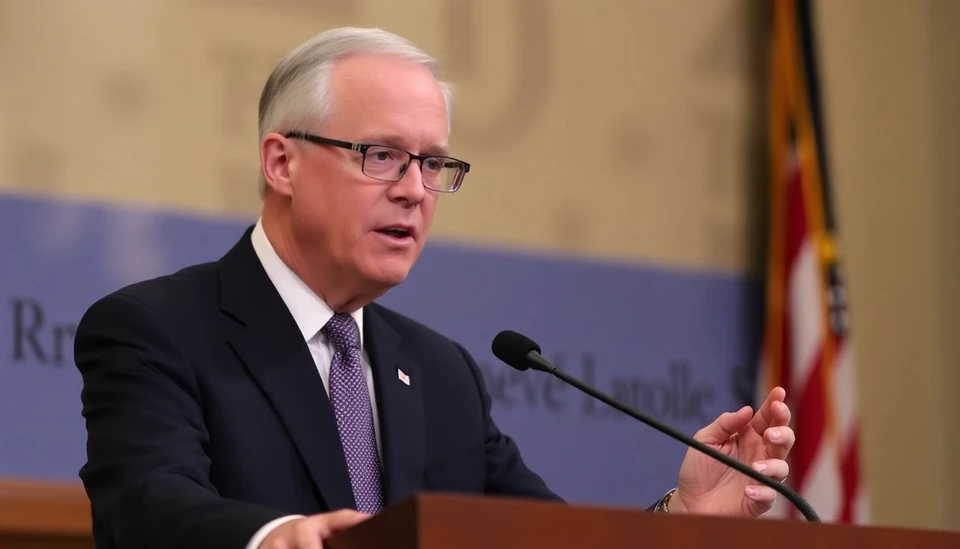
In a significant indicator of weakening labor market conditions, the number of direct job switches in the United States has dropped to its lowest level in almost four years. This trend signals mounting uncertainty among workers, who are increasingly hesitant to leave their current positions amid fears surrounding the economy.
Data from the Labor Department show that the rate of direct transitions from one job to another is declining, suggesting many employees are opting for stability over new opportunities. This shift is being attributed to a variety of economic factors, including rising inflation, interest rates, and overall economic instability, which has made many workers cautious about leaving their jobs.
According to analysts, this slowdown in job switching could indicate a more significant trend of stagnation within the labor market. For many, the fear of losing income or benefits, particularly in an environment where job security feels less assured, is prompting them to stay in their current roles longer than they might have in different economic circumstances.
Companies across various sectors are feeling the impact of this trend as well. With fewer employees willing to change jobs, businesses may struggle to find the talent they need. Organizations that previously relied on a fluid job market to recruit talent are now forced to rethink their engagement and retention strategies in order to stabilize their workforce.
Additionally, this decline in job mobility could also impact wage growth. Typically, when workers transition to new positions, they may negotiate higher salaries, benefiting from the competition for their skills. However, with fewer job switches occurring, wage increases are likely to slow down, which could further exacerbate the struggles faced by the middle class.
Experts warn that maintaining a stagnant workforce can lead to diminished productivity and innovation, as businesses may miss the opportunity to capitalize on fresh ideas and perspectives brought in by new talent. As such, both employees and employers must navigate this complex landscape to ensure that talent is adequately utilized while providing workers with the security and growth opportunities they desire.
In conclusion, the decline in direct job changes is a telling sign of the broader economic landscape in the U.S., prompting questions about future growth and employee satisfaction. The situation emphasizes the need for adaptable strategies both for job seekers and employers to thrive amid ongoing uncertainties.
For those closely watching the labor market, the next few months will be crucial, as these trends will likely shape the workforce dynamics of the future.
#JobMarket #USJobs #Economy #LaborTrends #WorkforceAnalysis #JobSwitching #EmploymentTrends #EconomicUncertainty
Author: Laura Mitchell




